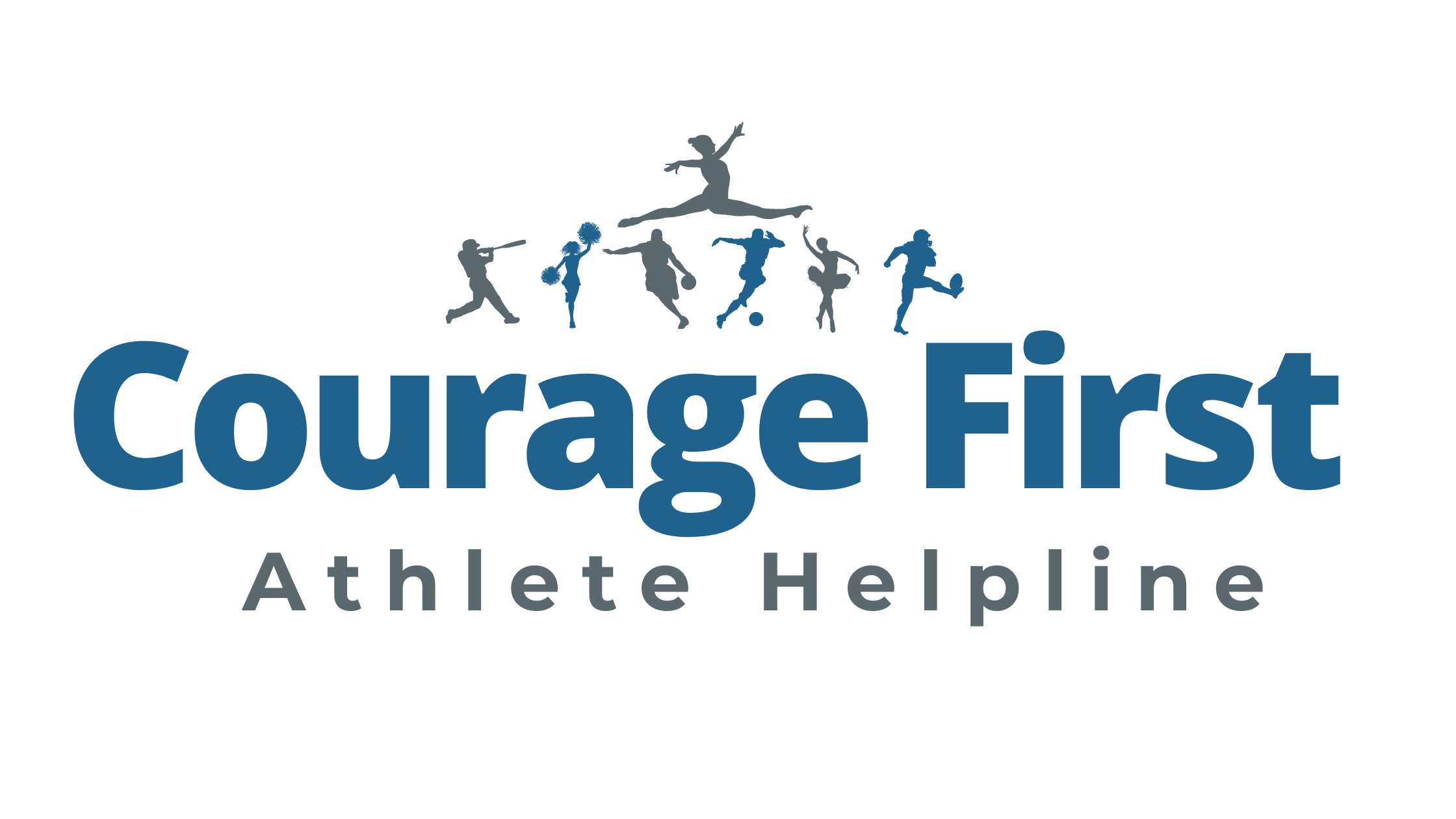You don't have to figure this out alone.
We are here to help.

Learn to Recognize the Signs Between Athletes and Coaches
Touch Boundaries
Appropriate Touch
- Instructive: demonstrating a sports skill or spotting
- Encouraging: a quick hug, high five, or pat on the back
Inappropriate Touch
- Private or sexual in nature
- Any touch that feels uncomfortable
Physical Boundaries
Appropriate Intervention
- Hands-on safety intervention
- Sport-specific direction and spotting
Inappropriate Intervention
- Deliberate actions causing physical injury
- Deliberate physical intimidation
- Encouraging action that could cause injury
- Forcing athlete to play injured
Emotional Boundaries
Appropriate Interaction
- Consistent and balanced exchanges with all team members and sport staff
- Encouraging mentorship and nurturing environments
Inappropriate Interaction
- Withholding attention or instruction
- Acting like peers instead of coach and athlete
- Preferential treatment or secretive interactions
Supervision
Appropriate Supervision
- Attending to medical or health needs
- Maintaining safety equipment
- Establishing clear safety rules/regulations
- Being mindful of athlete psychological well-being
Neglect
- Not reporting or treating injuries
- Lack of visual supervision
- Inadequate safety equipment
- Ignoring psychological warning signs or mental health disclosures
Verbal Boundaries
Appropriate Verbal Interaction
- Good-natured humor
- Firm verbal safety instructions
- Team-building positive pep talks
Inappropriate Verbal Interaction/Bullying
- Isolating athletes
- Not intervening when athletes are bullied
- Threatening actions or using power dynamics to intimidate
- Damaging messages or verbal insults
- Degrading race, religion, gender, disability or other aspects of one’s identity
Secure Environments
Appropriate Security
- Implement a child abuse prevention education plan
- Develop policy and procedure to address safety
- Identify and vet “safe adults” in the community
- Make reporting hotline and support helpline
information available to everyone
High-Risk Zone
- Failure to implement appropriate abuse education
- Lack of clear abuse-reporting or response protocol
- No helpful resources made available to those in the sports community


Courage First Athlete Helpline is presented by the Foundation for Global Sports Development/Sidewinder Films and the Childhelp National Child Abuse Hotline.

